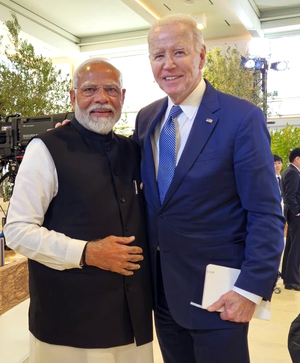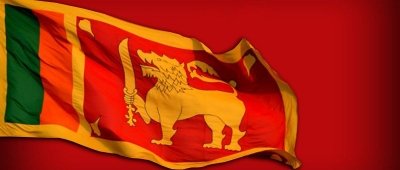Author: AFP, REUTERSSat, 2017-03-11ID: 1489182399231607500CAIRO: Archaeologists in a muddy pit in a Cairo suburb have uncovered two pharaonic statues dating back more than 3,000 years. The relics were found in Mattarya district, site of the ancient pharaonic capital of Heliopolis and today a sprawl of working- and middle-class districts in northeastern Cairo.The statues, discovered on wasteland between crumbling apartment blocks, are thought to represent pharaohs from the 19th dynasty, which ruled from 1314 to 1200 BC.One statue stands 8 meters tall and is carved out of quartzite, a tough stone composed mostly of quartz grains.It could not be identified from its engravings but it was found at the entrance to the temple of King Ramses II — also known as Ramses the Great — suggesting it represents him.The other relic is a limestone statue of 12th century BC ruler King Seti II.They were discovered by a joint German-Egyptian archaeological mission.“The discovery of the two statues shows the importance of the city of Heliopolis, which was dedicated to the worship of Ra,” the sun deity, said Aymen Ashmawy, head of the Egyptian team on the dig.He said the discovery was “very important” because it indicated the Oun Sun temple was a “magnificent structure.”Dietrich Raue, head of the German team, said the archaeologists were working hard to lift the statues so they can be transported to another site for restoration.“Last Tuesday they called me to announce the big discovery of a colossus of a king, most probably Ramses II, made out of quartzite,” Antiquities Minister Khaled Al-Anani told Reuters at the site of the statue’s unveiling. The most powerful and celebrated ruler of ancient Egypt, the pharaoh, also known as Ramses the Great, was the third of the Nineteenth Dynasty of Egypt.He led several military expeditions and expanded the Egyptian empire to stretch from Syria in the east to Nubia in the south. His successors called him the “Great Ancestor.”“We found the bust of the statue and the lower part of the head and now we removed the head and we found the crown and the right ear and a fragment of the right eye,” Al-Anani said.On Thursday, archaeologists, officials, local residents, and members of the news media looked on as a massive forklift pulled the statue’s head out of the water.The sun temple in Heliopolis, founded by Ramses II, was one of the largest temples in Egypt, almost double the size of Luxor’s Karnak, but was destroyed in Greco-Roman times. Many of its obelisks were moved to Alexandria or to Europe and stones from the site were looted and used for building as Cairo developed.Experts will now attempt to extract the remaining pieces of both statues before restoring them. If they are successful and the colossus is proven to depict Ramses II, it will be moved to the entrance of the Grand Egyptian Museum, set to open in 2018.The find could be a boon for Egypt’s tourism industry, which has suffered many setbacks since the uprising that toppled autocrat Hosni Mubarak in 2011 but remains a vital source of foreign currency. The number of tourists visiting Egypt slumped to 9.8 million in 2011 from more than 14.7 million in 2010.A bomb attack that brought down a Russian plane carrying 224 people from a Red Sea resort in October 2015 further hit arrivals, which dropped to 1.2 million in the first quarter of 2016 from 2.2 million a year earlier.
Main category: Middle-East








